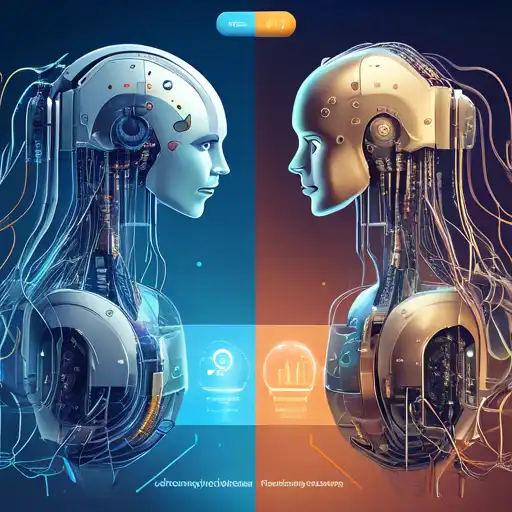Introduction to Machine Learning and Deep Learning
In the rapidly evolving field of artificial intelligence (AI), Machine Learning (ML) and Deep Learning (DL) stand out as two of the most significant and talked-about technologies. While they are often used interchangeably, they are not the same. This article delves into the key differences between ML and DL, helping you understand which technology might be best suited for your needs.
What is Machine Learning?
Machine Learning is a subset of AI that enables systems to learn and improve from experience without being explicitly programmed. It focuses on the development of algorithms that can access data and use it to learn for themselves. ML is widely used in applications like email filtering, detection of network intruders, and computer vision.
What is Deep Learning?
Deep Learning, a subset of ML, mimics the workings of the human brain in processing data for use in detecting objects, recognizing speech, translating languages, and making decisions. DL algorithms are inspired by the structure and function of the brain called artificial neural networks.
Key Differences Between Machine Learning and Deep Learning
Data Dependency
One of the most notable differences is the scale of data required. DL algorithms require large amounts of data to understand it perfectly, whereas ML can work with smaller datasets.
Hardware Dependency
DL requires high-end machines and GPUs for processing, which are not always necessary for ML algorithms that can work on low-end machines.
Feature Engineering
In ML, most of the applied features need to be identified by an expert and then hand-coded as per the domain and data type. DL, on the other hand, tries to learn high-level features from data, reducing the need for domain expertise and hard-core feature extraction.
Execution Time
DL takes a long time to train due to the large number of parameters, whereas ML is relatively faster to train.
Interpretability
ML models are easier to interpret and understand, making them more suitable for applications where explainability is crucial. DL models are often considered black boxes, with little transparency in how decisions are made.
Choosing Between Machine Learning and Deep Learning
Deciding whether to use ML or DL depends on several factors, including the size of your dataset, the computational resources available, and the complexity of the problem. For simpler problems with limited data, ML might be the way to go. However, for complex problems requiring the processing of vast amounts of unstructured data, DL could be more effective.
Conclusion
Understanding the differences between Machine Learning and Deep Learning is crucial for leveraging the right technology for your project. While ML offers simplicity and speed, DL provides depth and the ability to handle complex tasks. By considering your project's specific needs, you can make an informed decision on which approach to adopt.
For more insights into AI technologies, check out our articles on Artificial Intelligence and Data Science.
